By Jacques Bughin and Ivan Gjepali
Unsurprisingly, the focus in the application of AI in business and industry to date has been on the potential of the technology itself. However, organisations seeking success in deploying AI need to understand that the technology is not the end of the story.
AI and the new promised land
The next approaching Kondratieff cycle has some as yet unknown characteristics. But, as asserted by Giulio Sapelli in “Beyond Capitalism”,1 it will entail the pervasive development of artificial intelligence technologies (AI). In using the term “AI”, we are referring to a set cutting-edge technology that can learn from data and replicate human cognitive processes, with machine learning and deep learning algorithms enabling it to become increasingly sophisticated.
An early vision of this new Kondratieff cycle is visible in a broad number of sectors already. AI has powered 80 per cent of the views on the Netflix platform, and facilitated the discovery by Moderna in no time of the ARN-based vaccine against COVID-19. Generative AI platforms such as Copilot based on Open AI’s Codex increase coding throughput of programmers by more than 50 per cent.
From an economic and managerial viewpoint, AI is thus projected to serve as a pivotal competitive asset. Thomas Davenport2 claims that AI represents the most crucial technology of our era, emphasising its capacity to have a profound impact on numerous domains and shape our collective future. Spyros Makridakis believes that the AI revolution could surpass the impact of both the industrial and digital revolutions.
Time for AI transformation if one wants to reach the promised land
But there is a small issue: notwithstanding the hype surrounding AI,3 the return on investment for the majority of companies launching their AI investment initiatives has been close to zero.4
Reasons have been put forward to interpret this phenomenon. Management scholars such as Fountaine et al. in the Harvard Business Review uncovered the necessity to redesign the organisation in order to overcame cultural and organisational barriers related to the implementation of AI. In fact, one of the main mistakes that leaders commit is to treat AI as a plug-and-play technology with fast-yielding benefits. Thus, they wrongly assume that technology is the biggest challenge, while in fact it is culture.
Others, such as professors Iansiti and Lakhani5, pinpoint the fact that companies must transform themselves from a typical factory with fixed assets and tangible processes to a new, mostly software-based factory with AI inside.
Our viewpoint is that AI will be revolutionary, but there is indeed a clear-cut AI transformation effort to be made in order to benefit from its potential. We recently launched some research to analyse this claim, following our close cooperation on a recent Accenture paper, “The art of AI maturity” (2021),6 which implies that AI should be part of a major transformation in order to realise its potential. The level of transformative potential can be measured by the corporation’s level of AI maturity, which measures the degree to which organisations have mastered AI-related capabilities in the right combination so as to hope to achieve high performance.
In practice, this means two important things. First, firms have to master and make massive synergies out of three complementary domains of capabilities: foundational capabilities (data, technology), augmentation capabilities (innovation and talent), and organisational capabilities. Second, it is time to shift from digital to AI transformation. The reason is that AI must fundamentally rely on transformational change, with a more extensive augmentation layer that will scale the benefit of AI. In fact, the three domains of AI capabilities can be described and justified as follows.
Foundational capabilities.
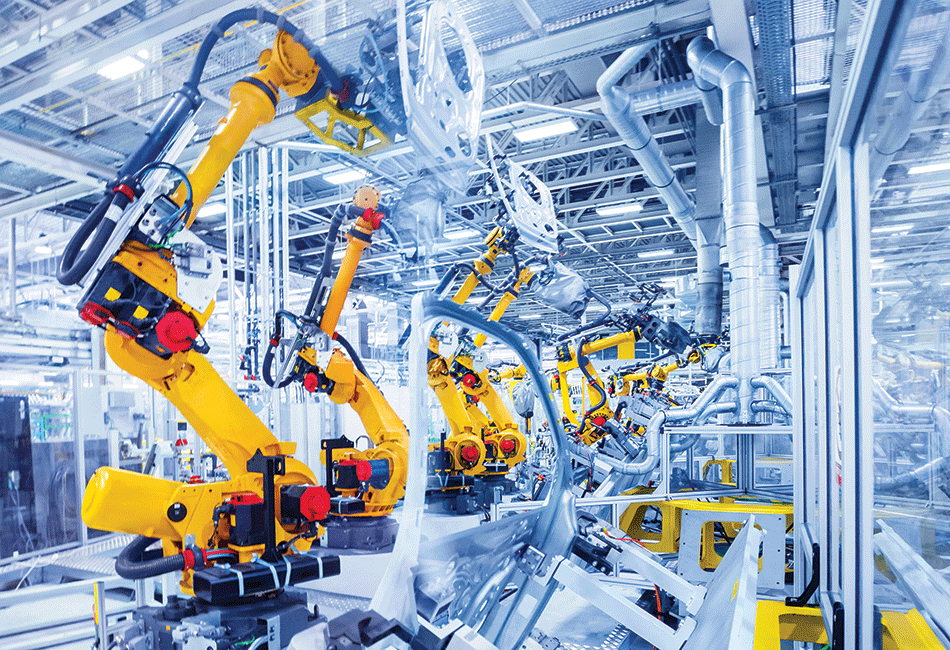
Regarding foundational, ICT-based capabilities, data plays a crucial role in enabling its neuronal AI potential. There is nothing new in this; remember how The Economist7 once referred to data as the new oil. But what is to be recognised is that, given the nature of AI systems, their potential is heavily dependent as much on quality and trustworthiness as on the quantity of data available for training and reinforcing the validity and accuracy of the algorithms.
The technological infrastructure is a critical component that enables organisations to effectively leverage data and implement machine learning solutions. Organisations need scalable data storage and high processing power to run complex algorithms. Particularly crucial is the availability of robust software tools and libraries for building and training AI models. MLOps, a set of practices and tools to manage and scale machine learning systems, is a crucial component of AI performance in business that entails the integration of machine learning models into the software development lifecycle and the establishment of best practices for deployment and maintenance, which can significantly improve their reliability and scalability.
Augmentation capabilities. A major debate regarding AI is its efficiency, especially when it is geared towards displacing jobs. This workless future is intimidating, but not an adequate picture of the future with AI per se.
The main, complex-to-capture potential of AI is its augmentation potential to support more innovative ideas and more potent work. Universal Robots, a Danish company,8 has used AI to design new forms of collaborative robots that augment the quality and speed of product manufacture by more than 50 per cent, while augmenting the workforce. Aidoc is using deep learning algorithms to analyse medical images and support insights to radiologists, with a close to 40 per cent increase in the accuracy of radiologists’ diagnoses. NVIDIA GauGAN9 is a generative AI model that can take simple sketches by users and create lifelike images in powerful applications such as architecture, urban planning, and the entertainment industry.
As the fundamental nature of AI is to innovate, organisations that excel at AI typically must also have strong complementary talent management practices, including a clear talent strategy, a robust talent pipeline, and effective talent development programmes. Organisations also need to invest in building the skills and capabilities of their existing workforce to ensure that they can work effectively with AI. This requires a combination of upskilling and reskilling programmes, as well as new hiring practices to attract and retain talent with the right mix of technical and business skills.
Organisational capabilities. Organisational integration in the case of AI refers to the degree to which data and AI experts work hand in hand with the business to drive the strategic agenda of the organisation. Here, CEO sponsorship must be pervasive as it sends a clear message to the entire organisation that AI is not just a technology initiative, but a new and innovative operating model.
Showing the evidence

The above suggests that AI success lies into mastering all three types of capabilities that maximise the synergetic gains for AI to scale significantly as a competitive advantage.
Case studies can illustrate the above, but they lack systematic proof power. The evidence must be much broader and statistically robust. We thus have developed a machine learning algorithm on a sample derived from the Accenture Research on AI maturity, covering a few thousand of the most globalised large firms worldwide which have started to experiment with AI. We uncovered three crucial and statistically robust findings (see exhibit 1).
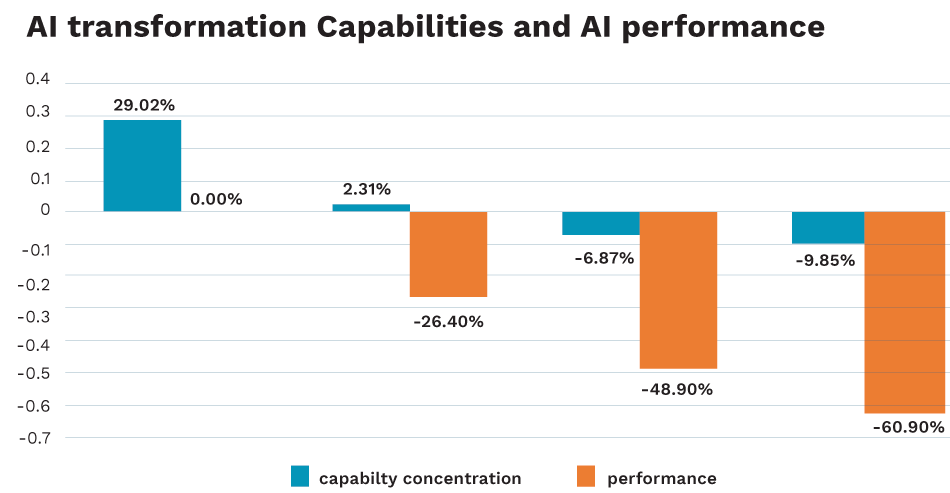
Finding 1: A huge spread of AI experience
Firms’ level of AI transformation is best seen through four clusters, essentially reflecting the extent to which they have already invested in all three domains of capabilities. The difference across clusters is rather large, with one cluster already well ahead in the mastering of the portfolio of AI-based capabilities, while another is barely experimenting with AI and likely composed of frustrated companies failing to see how AI makes any difference.
Finding 2: AI transformation capability is way beyond the frontier
Two clusters are very weak, with a negative concentration of capabilities, meaning that their investments are towards components of capabilities which have the weakest impact on AI transformative potential (e.g., they have good, but unlabelled data sets; they have invested in good human skills, but lack digital, data-driven skills, etc.).
While two clusters have some solid basis for capabilities, only one (and, by the way, the smallest of all clusters, 13 per cent of companies) has the minimum scale on all three domains. Still, the cluster is at roughly 50 per cent of the total potential of AI transformation, or far from fully exploiting the entire set of capabilities to scale AI.
Finding 3: Even if off the frontier, AI is already game-changing
Even if not exploiting the maximum potential, the best clusters already use AI for 30 per cent of their revenue generation, and this effect is statistically larger than any other impact achieved by any other cluster. The growth in the top line contribution of AI of the highest-performing cluster is at least double that of the other firms, demonstrating the great importance of scale in AI.
The new AI transformation journey
Over and above the case study evidence, the above analysis adds the statistical evidence of the potential of AI. But it shows that this potential can only be captured by a new transformation that integrates three domains of technology architecture, organisational change, and augmentation of capabilities.
The importance of AI transformation is that:
- each domain is more complex than digital transformation (e.g., data layer and new cybersecurity architecture for foundational capabilities; software-based innovation, and work skill augmentation for augmentation capabilities; and a CEO actively embedded in this new change);
- all capabilities must interwork to hope to secure any of the potential of AI;
- it must scale rapidly to reach the critical threshold to fully reap the rewards of AI.
Hence, to fully harness the potential of AI for business purposes, it is time to aim for the top and embrace a holistic and proactive AI-driven approach. In other words, the power of AI can be unlocked only when excellence is reached simultaneously in all the AI capabilities.
About the Authors
 Jacques Bughin is CEO of machaonadvisory and a former professor of Management, while retired from McKinsey as senior partner and director of the McKinsey Global Institute. He advises Antler and Fortino Capital, two major VC/PE firms, and serves on the board of a number of companies.
Jacques Bughin is CEO of machaonadvisory and a former professor of Management, while retired from McKinsey as senior partner and director of the McKinsey Global Institute. He advises Antler and Fortino Capital, two major VC/PE firms, and serves on the board of a number of companies.
 Ivan Gjepali is a double degree masters student in Business Engineering at Solvay Business School in Brussels and the Polytechnic University of Milan. His interests focus on the intersection of new technologies and innovation strategies. He contributes to the acceleration of AI transformation in the Council of the EU.
Ivan Gjepali is a double degree masters student in Business Engineering at Solvay Business School in Brussels and the Polytechnic University of Milan. His interests focus on the intersection of new technologies and innovation strategies. He contributes to the acceleration of AI transformation in the Council of the EU.
References:
- Beyond Capitalism: Machines, Work and Property. 2019. Palgrave Macmillan Cham. https://link.springer.com/book/10.1007/978-3-030-20769-4.
- All-in On AI: How Smart Companies Win Big with Artificial Intelligence. 2023. Thomas H. Davenport and Nitin Mittal. https://www.tomdavenport.com/book/all-in-on-ai/.
- “The Business of Artificial Intelligence”. 18 July 2017. Harvard Business Review. https://hbr.org/2017/07/the-business-of-artificial-intelligence.
- “ROI from AI: The importance of strong foundations”. 20 October 2020. Deloitte. https://www.deloitte.com/global/en/our-thinking/insights/industry/technology/artificial-intelligence-roi.html?icid=top.
- “Competing in the Age of AI”. January-February 2020. Harvard Business Review. https://hbr.org/2020/01/competing-in-the-age-of-ai.
- “The Art of AI Maturity”. 1 January 2023. Harvard Business Publishing Education. https://hbsp.harvard.edu/product/ROT477-PDF-ENG?Ntt=.
- “The world’s most valuable resource is no longer oil, but data”. 6 May 2017. The Economist. https://www.economist.com/leaders/2017/05/06/the-worlds-most-valuable-resource-is-no-longer-oil-but-data.
- “Odense, Denmark: World´s Largest Collaborative Robots Hub”. 4 February 2020. Universal Robots. https://www.universal-robots.com/about-universal-robots/news-centre/world-s-largest-hub-for-collaborative-robots-opens-in-denmark/.
- “What Is GauGAN? How AI Turns Your Words and Pictures Into Stunning Art”. 1 March 2022. https://blogs.nvidia.com/blog/2022/03/01/what-is-gaugan-ai-art-demo/#:~:text=
GauGAN%2C%20an%20AI%20demo%20for%20photorealistic%20image%
20generation%2C,NVIDIA%20AI%20Demos.%20How%20to%20Create%20With%20GauGAN.


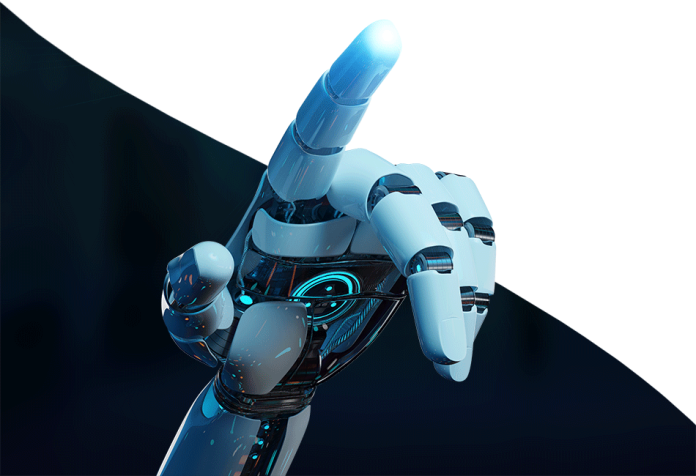
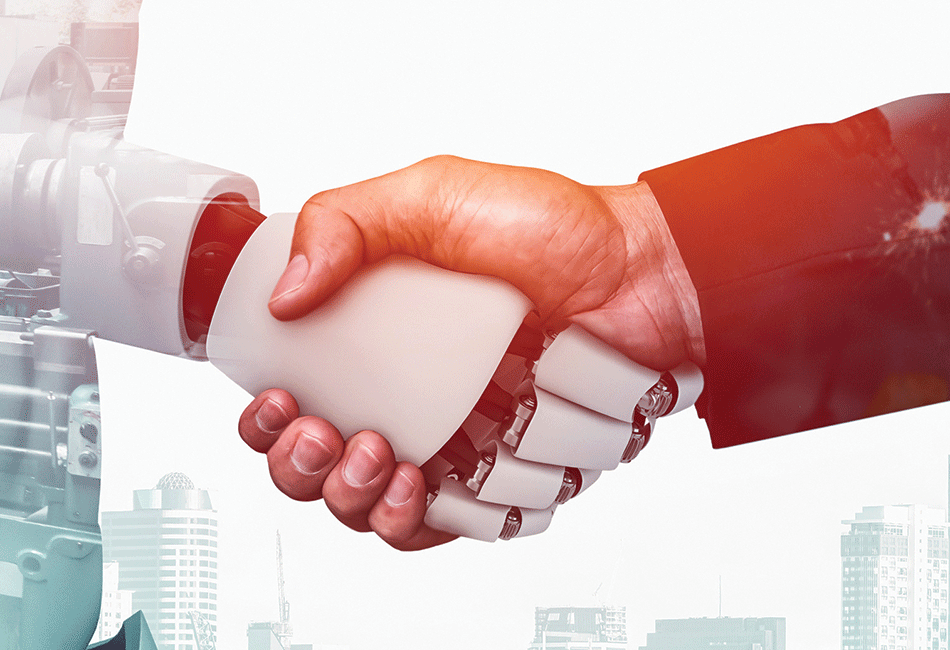
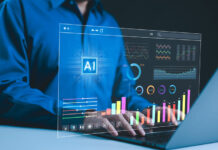



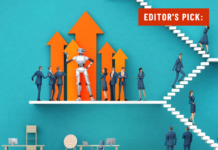

















![“Does Everyone Hear Me OK?”: How to Lead Virtual Teams Effectively iStock-1438575049 (1) [Converted]](https://www.europeanbusinessreview.com/wp-content/uploads/2024/11/iStock-1438575049-1-Converted-100x70.jpg)






